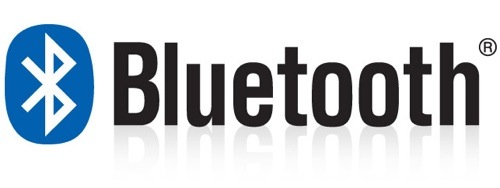This article is more than 1 year old
Bluetooth: wireless wonder or digital dead end?
Have your say on how history will judge
Heads or Fails Bluetooth, once hailed as the future basis for all local wireless communications, is now ubiquitous. Computers have it, ditto phones, portable media players, games consoles, cars and a host of other devices.
But how many owners of the millions and millions of Bluetooth-enabled gadgets that are sold every year actually make use of the technology?
Even now, 16 years after the technology was developed by networking company Ericsson, Bluetooth headset users are still sufficiently rare a sight to provoke giggles, guffaws and catcalls.

True, it's a crucial technology for the motorist, allowing the driver to make and take calls without taking his or her hands off the steering wheel, but its other applications have been grasped by other technologies, from Wi-Fi to USB 2.0.
Tethering laptops to a phone is one role that Bluetooth has yet to yield to a rival, but how long before 3G HSDPA connectivity - or WiMax, if you're an Intel employee - becomes standard on mobile computers?
Bluetooth has failed to keep pace with the needs of consumer electronics for a wireless way of ridding living rooms of the cabling that dangles behind the back of every telly. Bluetooth 4.0 may one day be able to do this, but by then Wireless HD, WiGig and WHDI will all be commonplace - or one will have come to reign supreme. What hope for Bluetooth then?
So, will history judge Bluetooth a success or a failure? Is it time to put the notion of the PAN back in the cupboard from whence it came?
What do you think?
